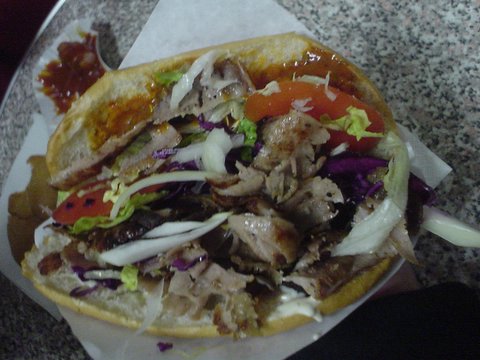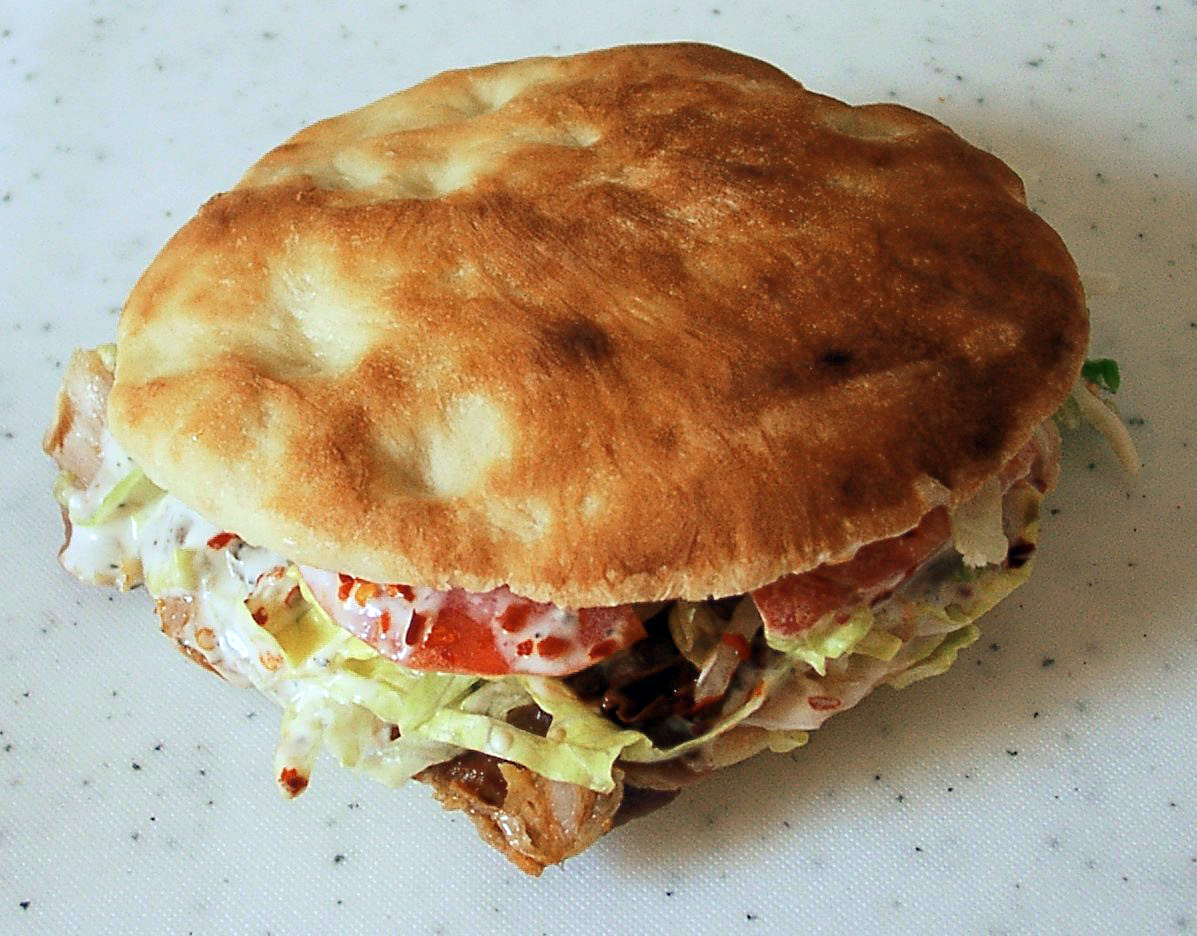CNN correspondent Karl Penhaul was aboard the 60-foot pleasure boat Dignity when the contact occurred. When the boat later docked in the Lebanese port city of Tyre, severe damage was visible to the forward port side of the boat, and the front left window and part of the roof had collapsed. It was flying the flag of Gibraltar.
The Dignity was carrying crew and 16 passengers -- physicians from Britain, Germany and Cyprus and human rights activists from the Free Gaza Solidarity Movement -- who were trying to reach Gaza through an Israeli blockade of the territory.
Also on board was former U.S. Rep. Cynthia McKinney.
Penhaul said an Israeli patrol boat shined its spotlight on the Dignity, and then it and another patrol boat shadowed the Dignity for about a half hour before the collision.
The Dignity was carrying crew and 16 passengers -- physicians from Britain, Germany and Cyprus and human rights activists from the Free Gaza Solidarity Movement -- who were trying to reach Gaza through an Israeli blockade of the territory.
Also on board was former U.S. Rep. Cynthia McKinney.
Penhaul said an Israeli patrol boat shined its spotlight on the Dignity, and then it and another patrol boat shadowed the Dignity for about a half hour before the collision.
The Dignity arrives in Tyre, Lebanon, after it was reportedly rammed by an Israeli military vessel Tuesday
Resource:
Israeli vessel hits Gaza-bound boat
A small boat, damaged as it tried to break the Israeli blockade of the Gaza Strip, has arrived in the Lebanese port of Tyre.The Dignity started taking on water after it was hit by an Israeli naval vessel as it approached the Israeli coast with its cargo of medical aid.
The Free Gaza Movement, which organised the attempt to reach the territory , said their boat was "rammed" and shots were fired when at least four Israeli vessels confronted them in international waters.Yigal Palmor, a spokesman for Israel's foreign ministry, denied there had been any shooting but said that the ships had made "physical contact".
He said that the crew of the Dignity had failed to respond to Israeli naval radio contact.'Rammed'Elize Ernshire, one of the activists onboard the boat, told Al Jazeera by telephone that the boat was rammed twice from the front and then once from the side.
"It has destroyed the front of the boat and the roof ... and has left the cabin, the wheelhouse quite destroyed," she said.
"... we were threatened directly by the Israeli navy that if we continued on our course towards Gaza they would attack us again"Elize Ernshire,activist onboard Dignity
" ... we were threatened directly by the Israeli navy that if we continued on our course towards Gaza they would attack us again."Mark Regev, an Israeli government spokesman, said that the incident was nothing more than a "propoganda stunt".
"Israel would never have done anything against international law, that is inconceivable," he told Al Jazeera.
"These people just want a headline, they don't really want to help the people of Gaza, if they wanted to help the people of Gaza they would be asking Hamas why they initiated the violence."Several small boats have arrived in the Gaza Strip carrying international activists and medical aid since August in defiance of the Israeli siege.Ernshire said that the incident would not stop the movement trying again to take aid to the impoverished territory."The majority of passenger here are determined, once we reach Lebanon, to keep continuing to organise such boats as these, to reach the people of Gaza," she said.Gaza's health system is struggling to cope with the casualties from four consecutive days of aerial bombardment by Israeli warplanes and helicopter gunships.ShortagesHospitals were already facing shortages of medicines and other medical products due to the Israeli siege imposed after the Hamas government seized full control of the territory in 2007.
As well as more than three tonnes of aid, the Dignity was carrying three doctors to help treat the more than 1,600 wounded in recent days.Avital Leibovitz, an Israeli military spokeswoman, said that humanitarian aid was being allowed into the Gaza Strip and the medical supplies on the boat would not have made much impact on the humanitarian situation.
"Lets not talk about a blockade because it does not exist, the humanitarian corridor is active, alive and working," she told Al Jazeera.
"There are a numerous number of trucks enetring Gaza with food and medicine according to the requests of the aid organisations." Three Al Jazeera journalists were among the 15 people onboard the boat."Al Jazeera holds Israel responsible for the safety of the Al Jazeera journalists and everyone on board the Dignity," Wadah Khanfar, director general of the Al Jazeera network said in a statement.
"Al Jazeera's presence on the boat is to cover the expedition for news and journalistic purposes. We are deeply concerned for the safety and well being of our journalists."
"Lets not talk about a blockade because it does not exist, the humanitarian corridor is active, alive and working," she told Al Jazeera.
"There are a numerous number of trucks enetring Gaza with food and medicine according to the requests of the aid organisations." Three Al Jazeera journalists were among the 15 people onboard the boat."Al Jazeera holds Israel responsible for the safety of the Al Jazeera journalists and everyone on board the Dignity," Wadah Khanfar, director general of the Al Jazeera network said in a statement.
"Al Jazeera's presence on the boat is to cover the expedition for news and journalistic purposes. We are deeply concerned for the safety and well being of our journalists."
Resource:
NO Comment!
Numbers for today,
About 390 died and 1750 injured.
Numbers !
Sad how we refer to other human...just numbers ?!

No by God...its tragedy...not just numbers !
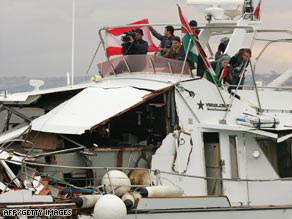




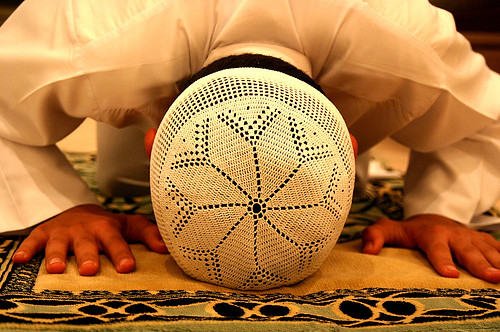




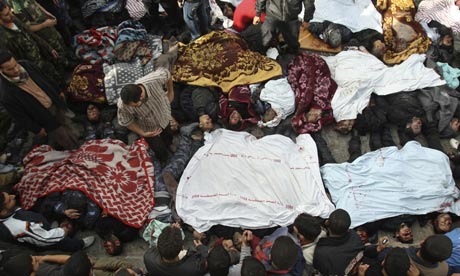



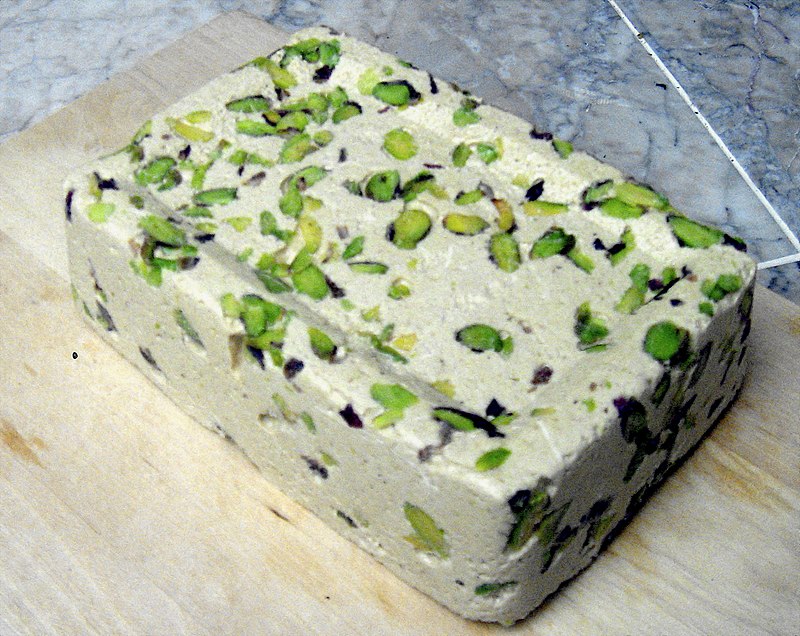



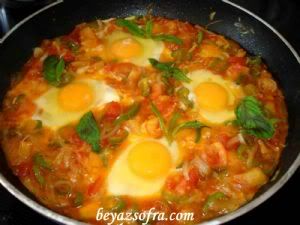





 Another one with almost same main dishes too
Another one with almost same main dishes too
 Some Kebap
Some Kebap


